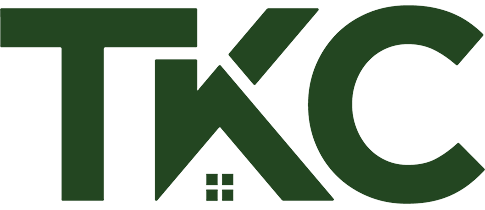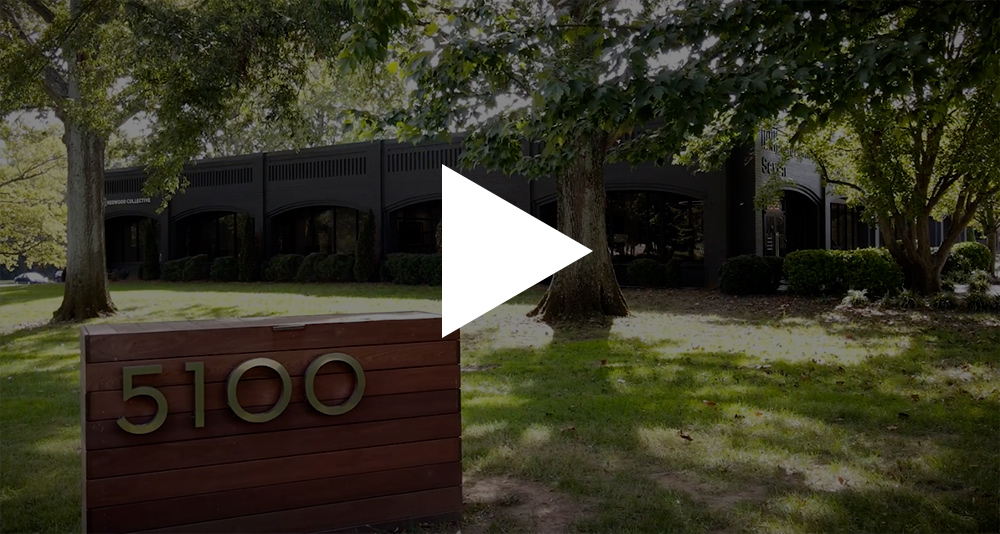Change and uncertainty. These two words could almost define American life in 2024. Political dynamics, economic variances, and advancements in technology are just a few areas that create change and uncertainty.
Business is no exception. The rise of remote work, fluctuating interest rates, opportunities in AI, and inflation all put pressure on businesses. If an organization is not able to deal with change and uncertainty, it doesn’t stand a chance in today’s landscape. As former Intel CEO Andy Grove once said: “There are two options: adapt or die”.
In 2001, the Agile Manifesto was published by software developers as a mindset to create & respond to change and deal with uncertainty. Since then, some of the world’s largest and most recognizable brands like Cisco, LEGO, Google, and Mitsubishi have embraced an Agile mindset to succeed and grow.
What is the Agile Manifesto?
Published in 2001, the Agile Manifesto consists of four values and twelve principles:
- Individuals and interactions over processes and tools
- Working software over comprehensive documentation
- Customer collaboration over contract negotiation
- Responding to change over following a plan
- Our highest priority is to satisfy the customer through early and continuous delivery of valuable software.
- Welcome changing requirements, even late in development. Agile processes harness change for the customer’s competitive advantage.
- Deliver working software frequently, from a couple of weeks to a couple of months, with a preference for the shorter timescale.
- Business people and developers must work together daily throughout the project.
- Build projects around motivated individuals. Give them the environment and support they need, and trust them to get the job done.
- The most efficient and effective method of conveying information to and within a development team is face-to-face conversation.
- Working software is the primary measure of progress.
- Agile processes promote sustainable development — the sponsors, developers, and users should be able to maintain a constant pace indefinitely.
- Continuous attention to technical excellence and good design enhances agility.
- Simplicity — the art of maximizing the amount of work not done — is essential.
- The best architectures, requirements, and designs emerge from self-organizing teams.
- At regular intervals, the team reflects on how to become more effective, then tunes and adjusts its behavior accordingly.
What is Agile?
While there are multiple definitions and ways of defining Agile out there, we like this definition the best, from the Agile Alliance:
“Agile is the ability to create and respond to change.”
The values and principles above drive this ability.
What is Scrum?
J.J. Sutherland, son of Scrum co-creator Jeff Sutherland, defines Scrum in his book The Scrum Fieldbook:
“Scrum is a way for a person, a team, or an organization to be able to respond to…complexity, to respond to change that cannot be predicted, to move nimbly with alacrity through a constantly changing problem space. The sheer pace of the changes we are living through demands a different way of working. Scrum is an answer to that problem.”
Scrum sounds a lot like Agile, doesn’t it? So what’s the difference?
Mindset (Agile) vs. Framework (Scrum)
At its core, Agile is a mindset based on the above values and principles. An Agile mindset promotes frequent iterations, continuous learning, and high quality. An Agile mindset values communication, interaction, and incremental progress.
Scrum, on the other hand, is one of many frameworks that help provide structure in implementing Agile values and principles (other recognizable Agile frameworks include Kanban, Lean, and XP). It is key to note that, while these frameworks help promote an Agile mindset, they don’t guarantee that you will create and respond to change. Each organization will need to tweak its preferred framework to maximize its ability to be Agile.
The Scrum Framework – An Overview
If you are serious about implementing Scrum, we would recommend reading two books as an introduction to the framework:
- The Scrum Fieldbook, J.J. Sutherland
- Scrum: The Art of Doing Twice the Work in Half the Time, Jeff Sutherland
At The Kirkland Company, we also used Scrum Inc. to help us implement the framework.
The rest of this article is a brief overview of how Scrum works, and the above resources are also helpful in grasping Scrum.
Scrum Values:
- Transparency – visibility into the work being done
- Inspection – constantly reviewing progress of work goals
- Adaptation – building on Inspection, Adaptation is the ability to make process changes quickly as the needs of the organization change
Scrum Team – The 3 Roles
- Product Owner – owns the “what” for the team. The PO is responsible for taking feedback from customers, stakeholders, or the Scrum Team itself and turning it into work items, ranked from most valuable to least
- Scrum Master – focuses on how to help the Team go faster by coaching the team through the process and removing any obstacle that is slowing the team down
- Team Member – these members are responsible for doing the actual work requests
Scrum Artifacts:
- Product Backlog – a list of all the potential tasks and work items that can be completed by the Scrum Team
- Sprint Backlog – the list of the tasks and work items that a Scrum team commits to completing during a Sprint
- Product Increment – all the completed tasks and work items of a Sprint
The 5 Scrum Events
- Sprint Planning – an event in which the team decides what work items to move from the Product Backlog and into the Sprint Backlog
- Sprint – the length of time the Team commits to finishing all the work items in the Sprint Backlog (1 week is recommended)
- Daily Scrum – no more than 15 minutes daily to share progress and obstacles on all the work items in the Sprint Backlog
- Sprint Review – held at the end of the Sprint, the Sprint Review is when the team will show each other, customers, and/or stakeholders the work items that were completed during the Sprint
- Sprint Retrospective – can be combined with the Sprint Review. The Retrospective focuses on how the work was done – what went well and what could be improved for the next Sprint
Once you feel comfortable with the methodology and the framework of Scrum, a good next step is to find a software that can help you track your work items and manage your meeting cycles. A quick Google search of ‘Best Scrum Software’ will produce a lot of options.
Agile Mindset & Rockefeller Habits
The Kirkland Company utilizes both Scrum and Rockefeller Habits, and there is a good deal of carryover between the two frameworks.
Priorities, Data, & Rhythm
Priorities, Data, and Rhythm are the major themes in Rockefeller Habits, and you can see these same themes throughout Agile thinking and Scrum:
Priorities
Both Scrum & Rockefeller Habits value priorities but in different ways. In Rockefeller Habits, the organization and each individual within have 3-5 key priorities every quarter or year. These priorities are visible (Rock. Habit #10), provide measurements of progress (Rock. Habit #9), and keep everyone aligned with what is important (Rock. Habit #2).
Scrum has a slightly different view of Priorities. Here is a quote from The Scrum Fieldbook:
“There are no top priorities in Scrum – there is only one priority at a time.”
In Scrum, it is the Product Owner’s job to stack rank every work item in the Product Backlog and Sprint Backlog. Scrum values finishing the next priority before moving on. Therefore, there are no “priorities” – only the next work item up.
While both systems view priorities differently, the heart of both frameworks is to keep organizations aligned and moving forward with important tasks and projects in a way that has maximum impact on the business.
Data
Both Scrum & Rockefeller Habits value data as well. For example, Rockefeller Habit #6 (Client feedback is gathered consistently and moves through the organization quickly and efficiently) is very similar to the role of the Product Owner, who is constantly speaking with clients, customers, or stakeholders and relaying those messages back to the Scrum Team. The Product Backlog is also a living place to store needed work items, constantly being adjusted based on market conditions, client feedback, etc.
Rhythm
Scrum & Rockefeller Habits are crystal clear on the importance of Rhythm. Rockefeller Habit #3 states:
“Communication rhythm is established and information moves through organization accurately and quickly.”
Part of this communication formula involves a daily huddle and quarterly & annual planning meetings. Through the 5 Scrum Events, a rhythm is also established to remove obstacles, uncover opportunities, and keep everyone on the same page.






